Legacy of Excellence: Since the 1930s, the Cazes family has built a legacy of quality and innovation at Château Lynch-Bages. Under Jean-Michel Cazes, the estate gained international acclaim, celebrated as one of Pauillac’s finest and earning accolades such as Wine Spectator's Wine of the Year "Jean-Michel Cazes led his family's Château Lynch Bages into the 21st century, and Bordeaux along with it."
Global Pioneer: Jean-Michel Cazes revolutionized Bordeaux’s global presence, securing a landmark 1989 deal with Cathay Pacific to feature Château Lynch-Bages in premium service. This visionary move introduced Bordeaux to affluent Asian travelers, boosting sales and laying the foundation for today’s thriving Asian wine market.
Expert-Selected, Globally Celebrated: Michel Lynch wines are chosen by a team of experts known and respected in the world of Grands Crus to ensure a consistently high quality, as a result of which they have earned the trust of thousands of consumers worldwide. The brand is currently distributed in more than 80 countries.
For several centuries, our family has been working the vines with heart and rigour. Founded in 1985, the estate has continued to grow and now has 12 hectares of vines located mainly in the commune of Chassagne-Montrachet, to which are added a few plots in Volnay and Pommard.
Domaine Tollot-Beaut is a leading Burgundy wine estate in Chorey-lès-Beaune, principally producing Pinot Noir with smaller amounts of Chardonnay. It has bottled its own wines since 1921. The estate consists of 24 hectares in four communes, and is known for its high proportion of old vines from Pinot Fin, and also has a reputation for its balanced use of oak, producing extra richness without overt oak flavors.
Domaine Potinet-Ampeau is located in the picturesque village of Monthélie in the Côte de Beaune. Vincent Durrieu, the 5th generation, continues the practice started by his grandparents, of ageing the wines in their cellar, releasing them only when they are ready to drink. As a result, they have a rare treasure trove of back vintages that is nearly impossible to find in Burgundy nowadays.
Potent-Ampeau has 10 hectares planted 50/50 Chardonnay and Pinot Noir and they only bottle what they grow. They have a minimal intervention approach to winemaking. The wines are fermented by indegenous yeast. The whites are pressed hard with a mechanical press, fermented in a barrel with no racking. Vincent believes having substance in the wine protects them from oxidation later on, which explains why their older white vintages do not suffer from premox. For the reds, the grapes are destemmed and fermented in cement tanks with pigeage and remontage for extraction. The reds typically see 20-25% new oak.
Domaine Ponsot is a family-owned estate in Burgundy. Established in 1872 by William Ponsot in Morey-Saint-Denis. His nephew Hippolyte Ponsot took over the estate in 1920 and took the decision to bottle the entire production of the domaine in 1934. This was a very rare practice at the time, making Domaine Ponsot one of the first Burgundies to bottle on their own. In addition, A lawyer by training, Hippolyte Ponsot was one of the founders of the Appellation d'Origine Contrôlée (AOC) classification for Burgundy wines in 1935 and 1936.
The vineyard is currently planted on approximately 11 hectares, and although the winery does not fully agree with the biodynamic method, it manages the vineyard with reference to the lunar cycle. They support a philosophy of minimal interventionism and avoids the use of chemicals in the vineyard. The annual production is an average of 55,000 bottles.
Most of the estate vineyards are in the Grand Cru and Premier Cru, including the famous vineyards as Clos de la Roche, Clos de Vougeot and Corton. But it is also known for its Morey-Saint-Denis 1er Cru Clos des Monts Luisants, the only 1er Cru from 100% Aligoté in Burgundy.
The winery doesn’t have a sorting table and the selection of the bunches is done in the vineyard. The grapes are pressed into juice and fermented naturally in oak barrels, then mature in oak barrels. Since 1998, there has been no fined, filtration or addition of Sulphur dioxide.
Domaine Pierre-Olivier Garcia was established in 2016 by friends Pierre-Olivier Garcia and Mathieu Moron. Mathieu has now left the business and Pierre-Olivier continues the domaine located in the centre of Nuits Saint Georges.
Pierre-Olivier owns a few parcels of vines and he buys from like-minded growers that farm sustainably. Pierre-Olivier believes that vineyard health is synonymous with a balanced ecosystem which explains the chickens used to graze their vineyards. They use horses when they can afford to.
The conscientious production extends to the winery with indigenous yeast fermentations, minimal new oak and no fining or filtration in order to bottle, as close as possible, what each vineyard produced. The wines are fermented in stainless steel tanks before they descend into their cool cellar to go through malolactic fermentation in French oak barrels.
Domaine Jacques Cacheux is a small family run domaine located in Vosne-Romanee that was established in 1890. They have 7 hectares of vines in Vosne Romanee farmed sustainably. Patrice Cacheux makes the wines and they have a soft and gentle quality much like Patrice himself.
Domaine Robert Chevillon is a producer of high-end Pinot Noir wines in the Burgundy commune of Nuit-Saint-Georges, which is rated as one star by Clive Coates.
Domaine Robert Chevillon story starts in the beginning of the 20th Century by Symphorien Chevillon who started working approximately thirty acres of vines at Nuits-Saint-Georges in his own name. The domaine have developed ever since, each generation adding additional Premier Cru vineyards to their portfolio, the most significant was Robert Chevillon since the early 1960s. In 1990 his two sons Denis and Bertrand (5thgeneration of the Chevillon family) joint their father which carries his name and since Robert’s retirement in 2003 they manage the domaine.
Domaine Chevillon owns almost 13 hectares of vineyards, which has parcels in eight premier cru sites in Nuit-Saint-Georges. The domaine is known for having older vines (over 80 years old) in three of its premier cru vineyards, Les Cailles, Les Vaucrains and Les Saint-Georges, some more than 75 years old. The vineyard is run according to lutte raisonée. They harvest by hand and sorting by hand is also essential.
The wine making is traditional, with 100% destemming, cold maceration followed by slow fermentation with indigenous yeast, and spend 15-18 months in oak, 25-30% of which is new (for the premiere crus). They are then bottled by gravity. The final result is structured, fruity, elegant, fine and complex wines, made for long ageing but also accessible relatively early.
Domaine Trapet is located in the famous village of Gevrey-Chambertin in Burgundy, with long history. jean-Louis Trapet, the current ownerhas been practicing biodynamics since 1995 and obtained the biodynamic certifications of both Biodivin and Demeter in 1998 and2005.It is worth mentioning that Domaine Trapet now also has 2hectares of vineyards in the Alsace, This is because lean-Louis’wife Andr é e inherited the family’s winery in Alsace in 2002, and the couple has been working together since then, Manage vineyards located in two appellations.
The estate vineyard area is 18,5 hectares, of which 2.1 hectares are located in CÃte de Beaune ,and the remaining is distributed in Gevrey-Chambertin and Marsannay, including three Grand Cru, Le Chambertin (1.9 heetares), Latriciè res-Chambertin and Chapelle-Chambertin plots. Deep concentrated wines from these Grand Crus are the flagship wines, and they also produce premium wines from three Premier Crus and two Village wines.
Jean-Louis pays great attention to maintaining the terroir of the vineyards, doesn’t overemphasize the concentrated in taste and intensity, and seldom involves new oak barrels, resulting in wines of elegance and purity without losing their greates, and Domaine Trapet has been rated as a three-star by the French wine magazine (RVF).
Domaine Fourrier has a history of more than four generations of family inheritance in the Gevrey-Chambertin village of Burgundy, established by Mr. Fernand Pernot between the 1930s and 1940s, and has now been passed down to the fifth generation. With vineyards in Morey-Saint-Denis, Chambolle-Musigny, and Vougeot, totaling 9 hectares, most of which are in Gevrey-Chambertin. Today, Domaine Fourrier is an undisputed top cult winery in Burgundy.
The vineyards of the estate are mostly old vines over 50 years old, with the best Griotte-Chambertin Grand Cru vineyard having a vine age of 88 years, and the super first growth Clos Saint Jacques having century-old vines planted in 1910. Both the wine master Jancis Robinson and Burgundy expert Clive Coates consider this to be one of the most outstanding vineyards in Gevrey-Chambertin.
Respecting terroir and adopting a "low intervention" approach is the winery's philosophy. They practice 100% destemming, and use only 20% new oak barrels for both the highest level Grand Cru and village-level wines. No barrel changes are made during the entire barrel aging period. The carbon dioxide produced by malolactic fermentation provides excellent antioxidant effects, which also makes it possible to avoid adding sulfur dioxide.
Since 2013, the winery has established a "négociant" business, which means purchasing grapes for vinification, but in fact, these vineyards are also entirely cared for by Jean-Marie, equivalent to renting land. This new "négociant wine" includes: Chambertin Grand Cru, Mazis-Chambertin Grand Cru, Latricières-Chambertin Grand Cru, Bonnes-Mares Grand Cru, Echezeaux Grand Cru, and the famous first growth Amoureuses.
Family Legacy: Taittinger is one of the few remaining family-owned Champagne houses, with a rich history dating back to 1734 and purchased by Pierre Taittinger in 1932. This legacy ensures a commitment to quality and tradition in every bottle produced.
Award-Winning Quality: Taittinger ranks as the ninth most admired Champagne brand in the world, according to the 2024 list compiled by Drinks International, which reflects the opinions of industry experts including sommeliers and wine journalists. and Taittinger is also recognized as the sixth Top-selling Champagne brands globally by CEOWORLD magazine in 2023.
Emphasis on Chardonnay: One of the most notable aspects of Taittinger is its strong emphasis on Chardonnay grapes, which form the backbone of many of its champagnes. This focus on Chardonnay contributes to the house's signature style characterized by elegance, freshness, and complexity. The vineyards are primarily located in the Côte des Blancs and Montagne de Reims, regions known for producing high-quality Chardonnay.
Partnerships and Global Presence: Taittinger has expanded its brand visibility through partnerships in various sectors. It is named as offical World Cup Champagne from 2014 to 2030. Taittinger Champagne has woven itself into the fabric of celebrity culture and high-profile events, reinforcing its image as a symbol of luxury and celebration.
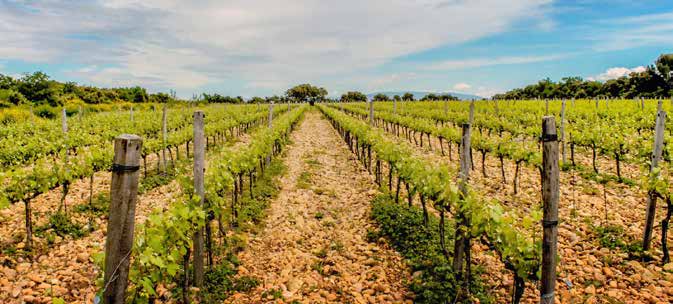
Located near Avignon, at the heart of the Rhone Valley, the fortified stronghold of Bonpas, from the French “Bon passage”, has watched over the safe crossing of the Durance River along the historic route that once linked Rome with Avignon. The estate marks the gateway to the southern Côtes-du-Rhône appellations and opens its gates to the discovery of the region's terroirs. Its sophisticated, elegant wines embody the terroirs and varietals of this famous region through their power and fruitiness.
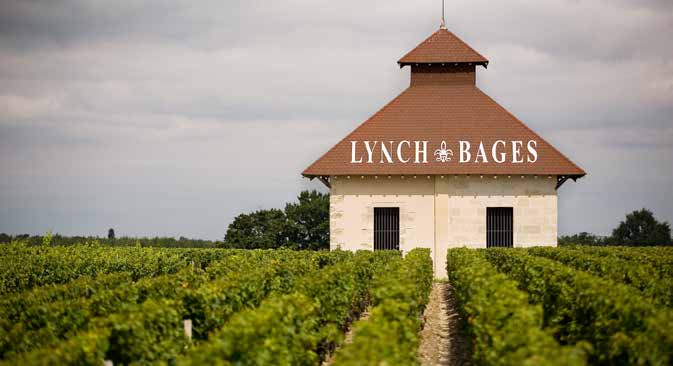
Legacy of Excellence: Since the 1930s, the Cazes family has built a legacy of quality and innovation at Château Lynch-Bages. Under Jean-Michel Cazes, the estate gained international acclaim, celebrated as one of Pauillac’s finest and earning accolades such as Wine Spectator's Wine of the Year:"Jean-Michel Cazes led his family's Château Lynch Bages into the 21st century, and Bordeaux along with it."
Global Pioneer: Jean-Michel Cazes revolutionized Bordeaux’s global presence, securing a landmark 1989 deal with Cathay Pacific to feature Château Lynch-Bages in premium service. This visionary move introduced Bordeaux to affluent Asian travelers, boosting sales and laying the foundation for today’s thriving Asian wine market.
Iconic French Portfolio: The J.M. Cazes family owns a number of representative wineries from various regions in France, offering wines that reflect the unique terroirs: including Michel Lynch, which produces wines from different subregions of Bordeaux; Château Lynch-Bages and Château Haut-Batailley from the Pauillac region; Château Ormes de Pez from the Saint-Estèphe region; as well as their home estate, Domaine de L'Ostal (Minervois), and Domaine des Sénéchaux (Châteauneuf-du-Pape) in southern France.

Jean-Claude Boisset is a family owned Burgundy negociant, founded in 1961 by then eighteen year old Jean-Claude. Today, their modern winery is unmissable in Nuits-Saint-Georges on the site of a former convent, Les Ursulines, with a large stained glass window of a vine leaf and a traditional Burgundy tiled roof pattern made from stones and plants. Their winemaker Grégory Patriat, former viticulturist at Domaine Leroy, has been vinifying wines for Boisset since 2002. He is now joined by Laure Guilloteau, who is also the global ambassador for Boisset wines. We are adding two wines: Bourgogne Chardonnay and Bougogne Pinot Noir. These are only made in the great years with no additional sulphur dioxide added. The Chardonnay is fermented in French oak barrels and then aged for 17 months, 50% new. Only 2627 bottles were made for 2019 vintage. The Bourgogne Pinot Noir is 100% destemmed and placed into stainless steel fermentation tanks. Fermentation occurred with indegenous yeasts without addition of sulfur dioxide. A total of 9990 bottles were made in the 2019 vintage.
Historical Heritage and Expertise: Joseph Drouhin, established in 1880, has been dedicated to wine research and the selection of high-quality wines, boasting over 140 years of history and extensive winemaking experience.
A Pioneer in Biodynamic Farming: Since 1988, the estate has been committed to biodynamic viticulture. Their Demeter-certified vineyards produce wines that reflect a deep respect for the land and environment.
100 Hectares of Excellence: Drouhin is one of Burgundy's largest and most respected domaines, From the Grand Cru vineyards of Chablis to the revered slopes of the Côte d'Or, Drouhin's holdings encompass a remarkable collection of appellations.
A collection of iconic and benchmark vineyards: Joseph Drouhin is recognized worldwide as a paragon of Burgundy winemaking, with several vineyards that epitomize excellence, they are Beaune Clos des Mouches Rouge et Blanc, Chablis Grand Cru “Vaudésir”, Chambertin, Montrachet, Musigny etc.
Member of the Primum Familiae Vini (PFV): The PFV is an exclusive association of twelve prestigious, familyowned wineries from Europe's most renowned wine regions, and produce some of the world's finest wines.
Robert Parker Wine Advocate : "One of Burgundy’s most important domaines."
Decanter Magazine: "Drouhin has consistently produced some of the most elegant, fragrant and expressive wines in Burgundy."

Wines and fruit-liqueurs from Burgundy and Beaujolais. "We do well only that we know well". This has always been Trénel’s motto. Maison Trénel is a company made of traditions, Burgundian traditions, those of fruit-liqueurs and wines.
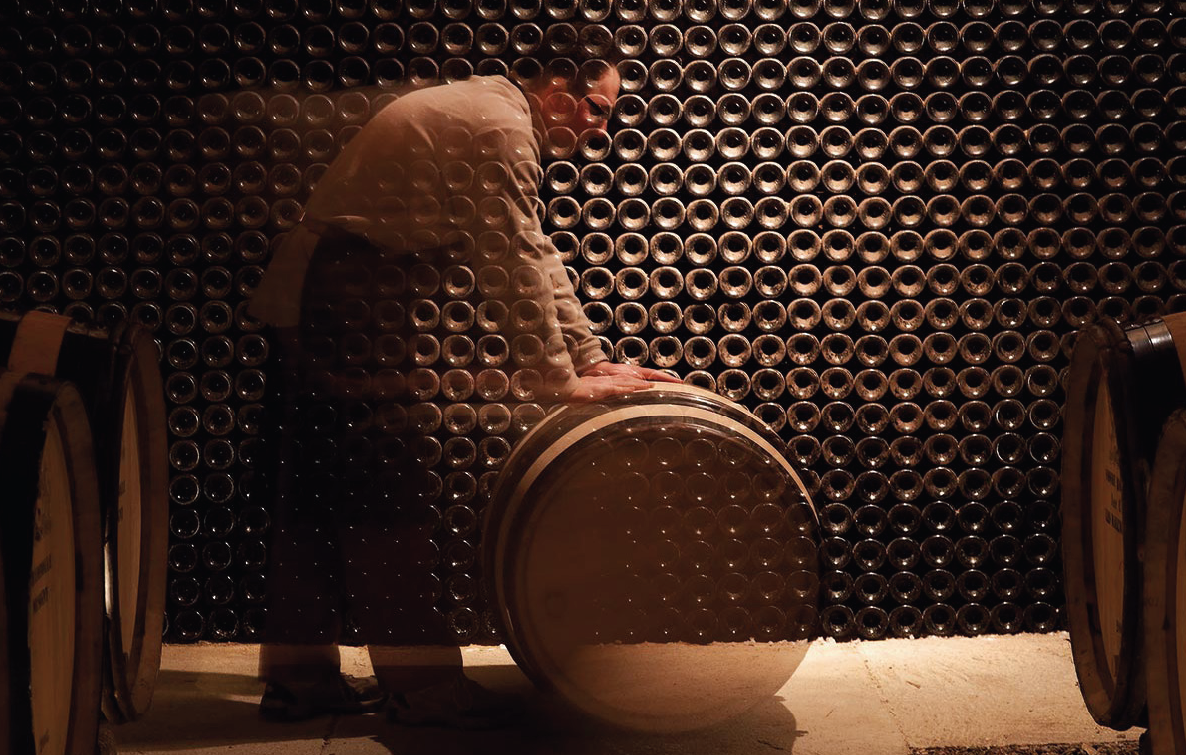
The Bichot family who settled in Burgundy in 1350 and founded their wine business in 1831, onehundred and ninety years ago is also behind the Jean Bouchard wines. In 1926, the Bichot family began a partnership with Jean Bouchard, a company then based in Bordeaux. The Bichot family purchased the company in 1955, allowing Jean Bouchard to continue to run the business. As anhomage to Jean’s past legacy, the label was revived in early 2000 especially for the retail channel. The family is big on sustainability and viticulture is carried out by following this concept.While Jean Bouchard wines are sourced from different regional growers, it shares the samewinemaking team and facilities which are owned by Albert Bichot.
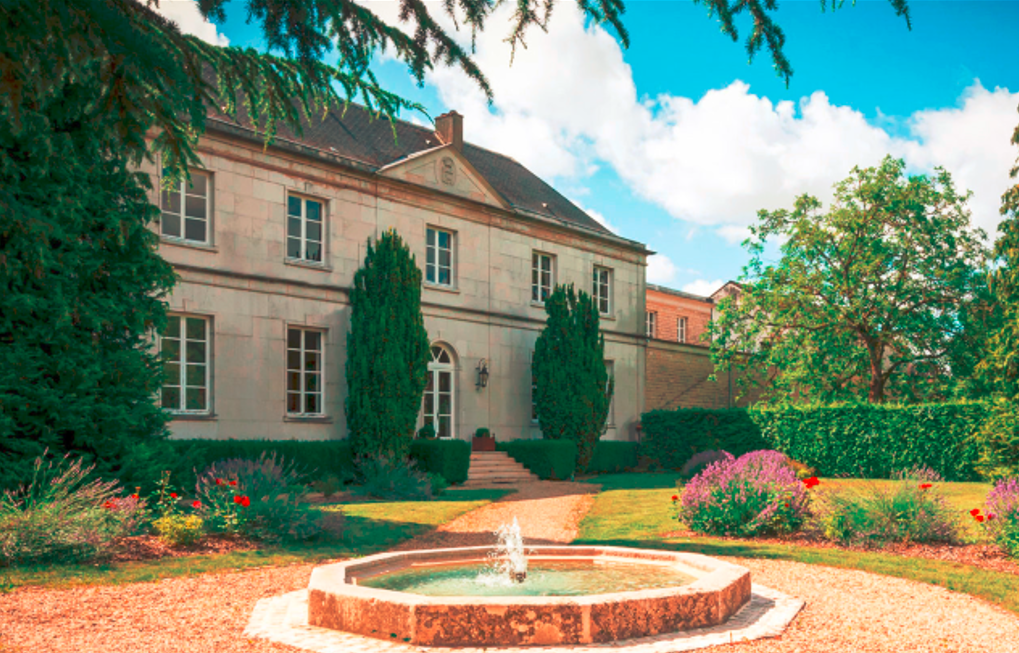
The Bichot family settled in Burgundy in 1350 and founded their wine business in 1831, one hundred and ninety years ago. Today, Alberic Bichot is the 6th generation to run this historical house that is headquartered in Beaune. They own six estates in Burgundy with 100 hectares of land. The wines from their own estates are made from 100% estate grown fruit under the various domaine names, while the wines under the Albert Bichot label are from their negociant business of purchased grapes. The family is big on sustainability and no synthetic chemicals are used in viticulture. In the winery the aim is for a light touch allowing the wines to show their sense of place.
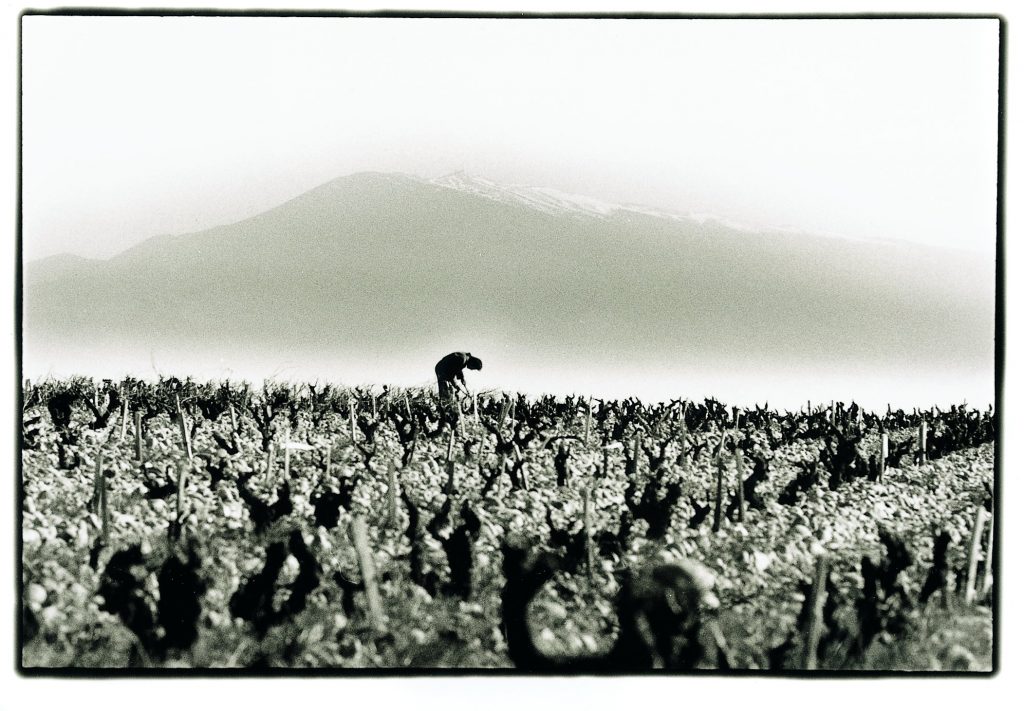
Domaine du Vieux Télégraphe has been in the Brunier family for six generations, beginning in 1891. The winery is in Bédarrides, at the south eastern area of the appellation. The Domaine is named after inventor Claude Chappe’s visual telegraph tower that was built on the property. Daniel Brunier describes the style of Vieux Télégraphe as Burgundian because he is handles Grenache like a Pinot Noir, which results in delicate, almost perfumed Châteauneuf du Pape without jamminess or over ripeness.
David Moret studied viticulture and oenology and then sold winery equipment to local growers and winemakers before starting his own label as a micro-négociant in 2000, out of his small cellar in the centre of Beaune. David only makes white Burgundies which are intense, bold and polished, like the man himself, the wines are jolly, enthusiastic is best served with good food and company. His wines are listed at many top tables in France and England and he is one of those small producers that those in the know, would like to keep a secret.
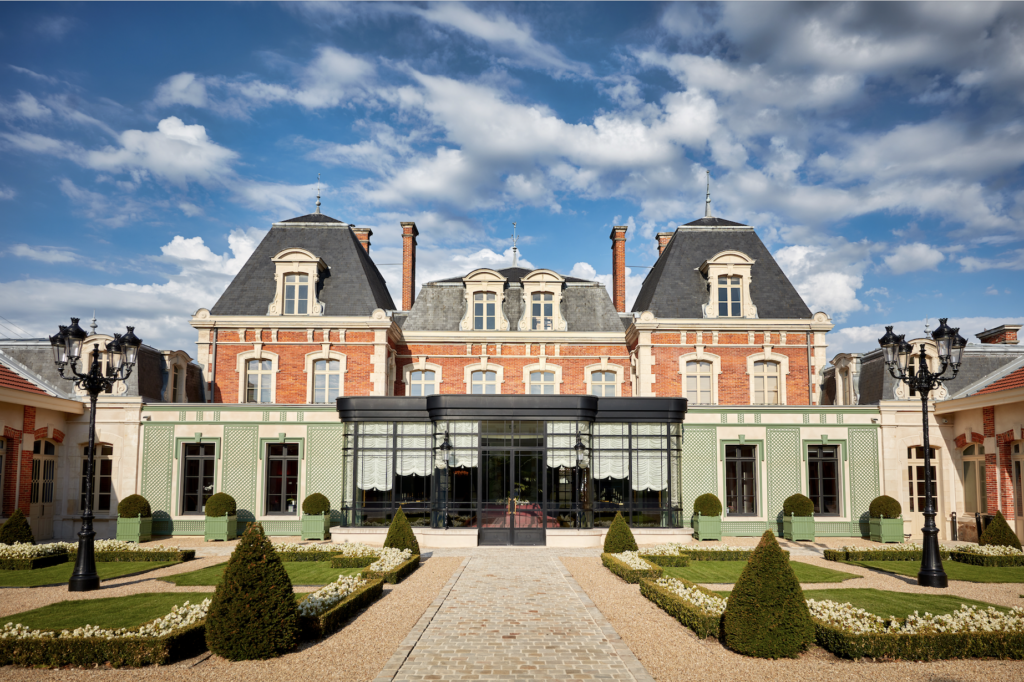
Pol Roger is both a champagne and a family institution with a tradition of excellence. Pol Roger founded his champagne house in Epernay in 1849. Through 5 generations and 160 years of history, Pol Roger's direct descendants have owned and run this proudly independent firm – one of the very famous in Champagne – whose wines are prized by champagne lovers throughout the world. Their famous Cuvée Sir Winston Churchill. Continuity, family, and striving always to improve lie at the heart of Pol’s success story.
It was prepared as Pol Roger's formal tribute to the company's distinguished customer.
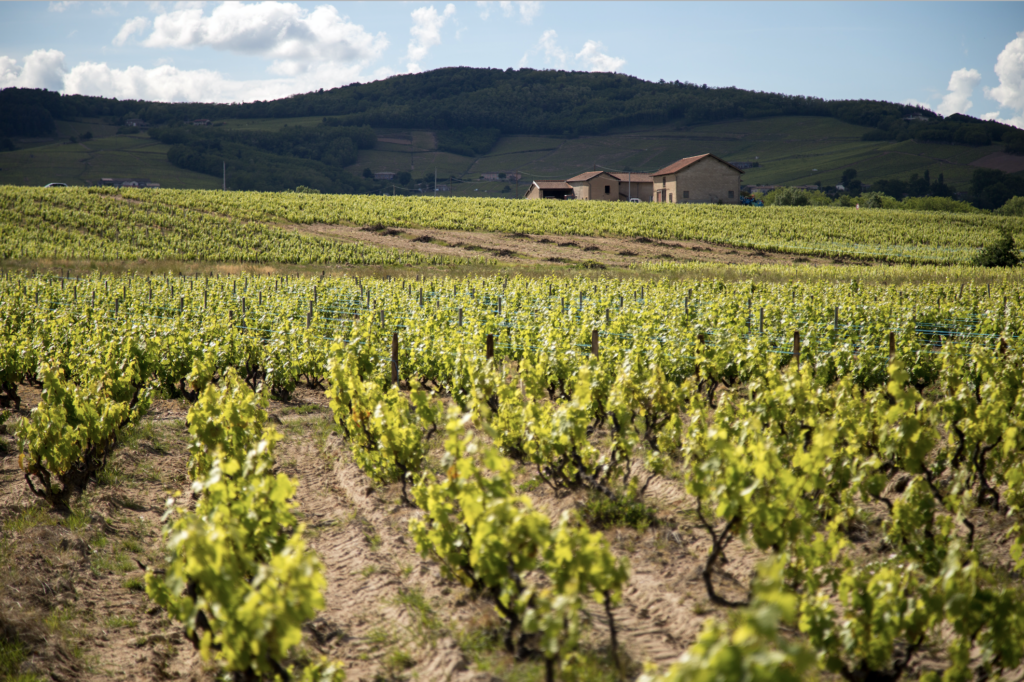 The estate Thibault Liger-Belair dates back to 1720 and developed a reputation as one of the representative estates of the Cote de Nuites in Burgundy. Thibault is the latest generation of this noble family and took over in 2003. He strictly applies since then his philosophy stating the necessity to follow the will of nature while crafting its wines, obtaining true, pure expressions of the terroirs.
The estate Thibault Liger-Belair dates back to 1720 and developed a reputation as one of the representative estates of the Cote de Nuites in Burgundy. Thibault is the latest generation of this noble family and took over in 2003. He strictly applies since then his philosophy stating the necessity to follow the will of nature while crafting its wines, obtaining true, pure expressions of the terroirs.
Gérard Bertrand designed his Cote des Roses range as an invitation to enjoy the Art de Vivre of the South of France. It draws its inspiration from the elegance of the Mediterranean coast to which it pays tribute – genuine, preserved and irresistible. The Languedoc appellation stretches from the Spanish frontier at Nîmes to the foothills of the Montagne Noire and of the Cévennes.
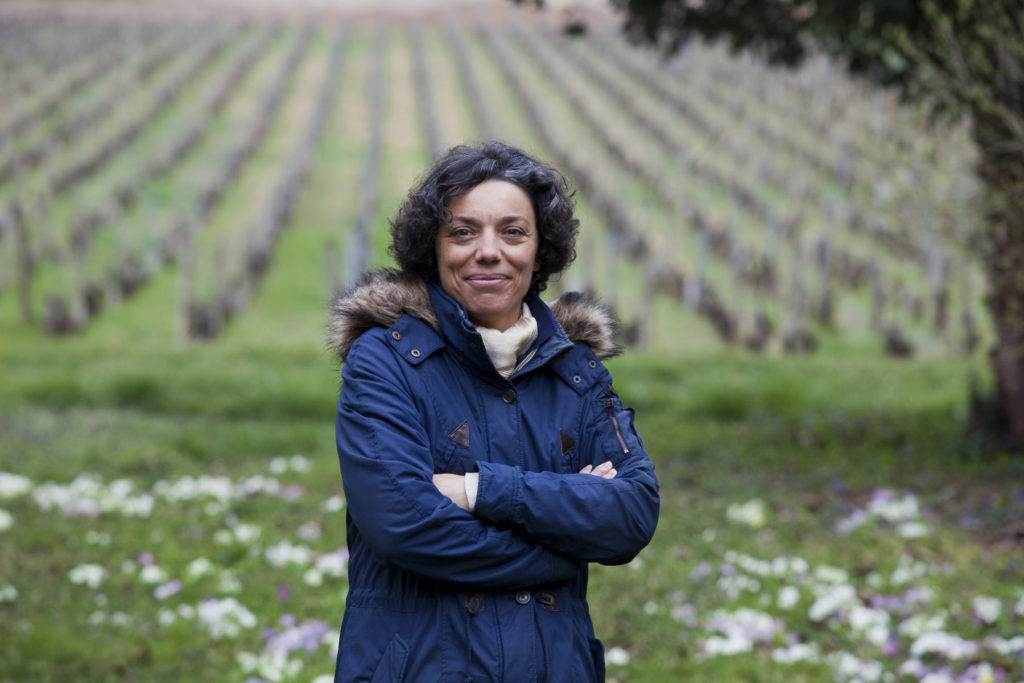 Common in Burgundy, marriages often result in combined vineyard holdings. Hélène Defaix of Domaine Bernard Defaix also runs her family’s domaine, located in the warmer Côte Chalonnaise. She predominantly farms premier cru Rully vines organically from 6 hectares of vineyards over five crus.
Common in Burgundy, marriages often result in combined vineyard holdings. Hélène Defaix of Domaine Bernard Defaix also runs her family’s domaine, located in the warmer Côte Chalonnaise. She predominantly farms premier cru Rully vines organically from 6 hectares of vineyards over five crus.
The Rully 1er Cru 'Les Cloux' comes from clay and limestone soils. It is fermented in and aged in French oak barrels for 18 months giving this wine a lovely texture and enhancing the notes of tropical fruits. This 100% Chardonnay wine is richer than their Chablis due to the warmer climate and offers incredible drinking pleasure at a fraction of the cost of many other premier crus in Burgundy.
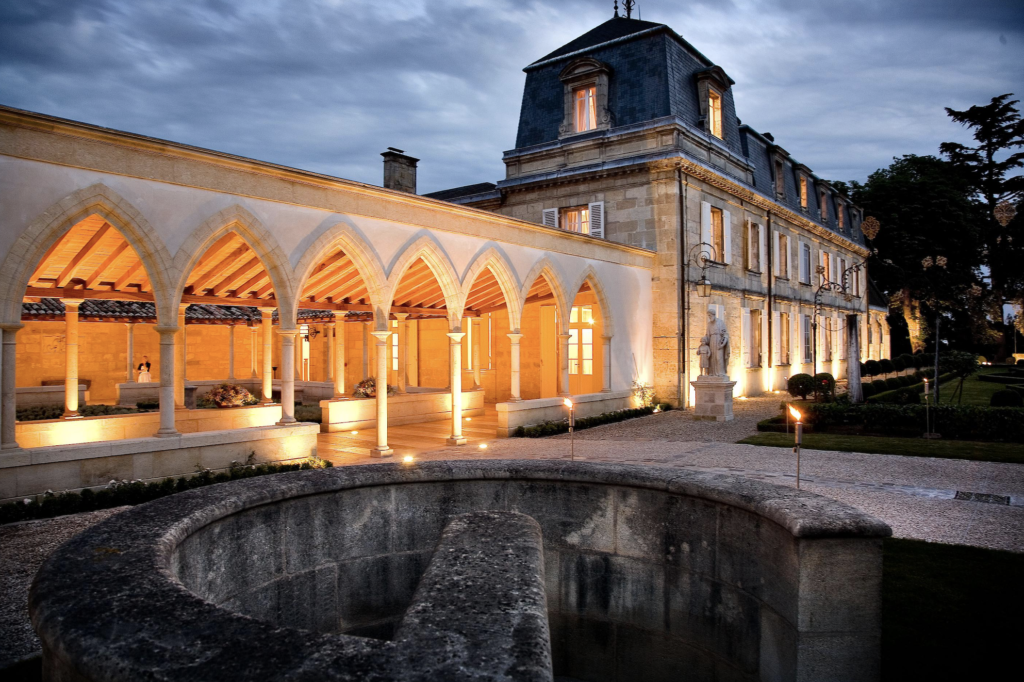 Domaine Clarence Dillon is a French company that owns three Bordeaux wine estates, Château Haut-Brion, Château La Mission Haut- Brion and Château Quintus, as well as Clarence Dillon Wines, a Bordeaux fine wine merchant. It was founded in 1935. The company was named after the American financier Clarence Dillon, who bought Château Haut-Brion in 1935.
Domaine Clarence Dillon is a French company that owns three Bordeaux wine estates, Château Haut-Brion, Château La Mission Haut- Brion and Château Quintus, as well as Clarence Dillon Wines, a Bordeaux fine wine merchant. It was founded in 1935. The company was named after the American financier Clarence Dillon, who bought Château Haut-Brion in 1935.
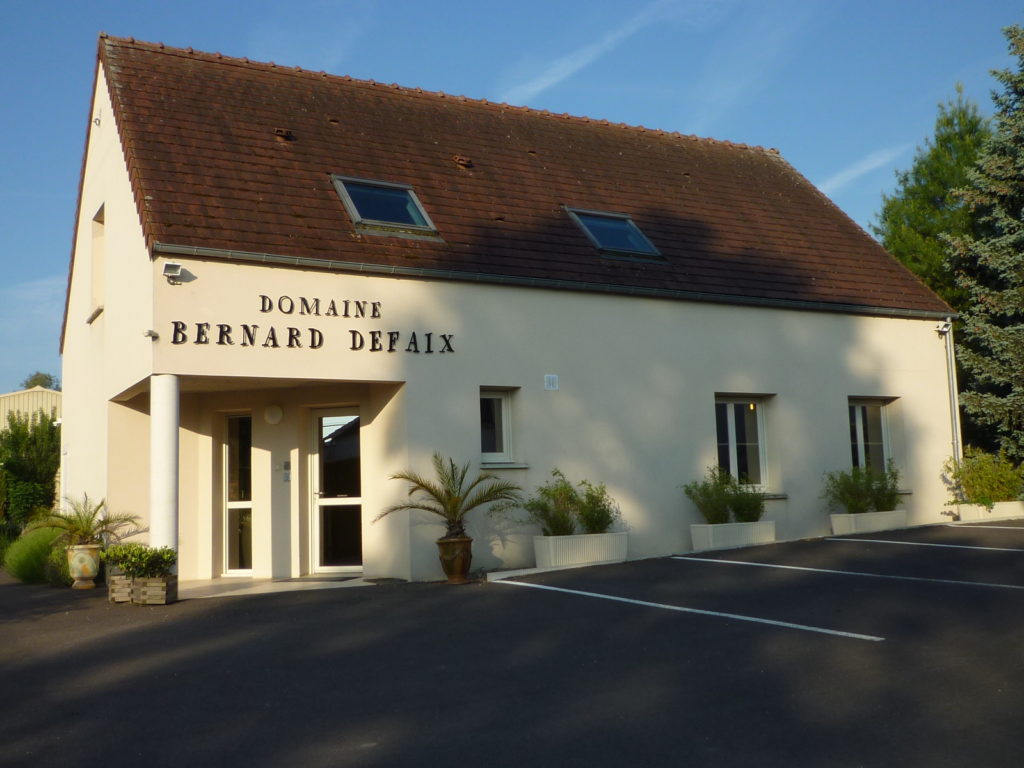 Domaine Bernard Defaix, located in Chablis, is run by husband and wife team Didier and Hélène Defaix. Didier is the 5th generation of grape growers in Chablis with 27 hectares of vineyards. The wines labelled Domaine Bernard Defaix come from their own vineyards practicing sustainable viticulture with no use of herbicides or pesticides, whereas the Bernard Defaix wines are made from grapes bought from long term growers.
Domaine Bernard Defaix, located in Chablis, is run by husband and wife team Didier and Hélène Defaix. Didier is the 5th generation of grape growers in Chablis with 27 hectares of vineyards. The wines labelled Domaine Bernard Defaix come from their own vineyards practicing sustainable viticulture with no use of herbicides or pesticides, whereas the Bernard Defaix wines are made from grapes bought from long term growers.
We believe that Bernard Defaix wines offer incredible value by delivering the precision and elegance of Chablis balance by upfront citrus fruit. These wines are well made by a passionate family producer and we are pleased to be adding them to our list.
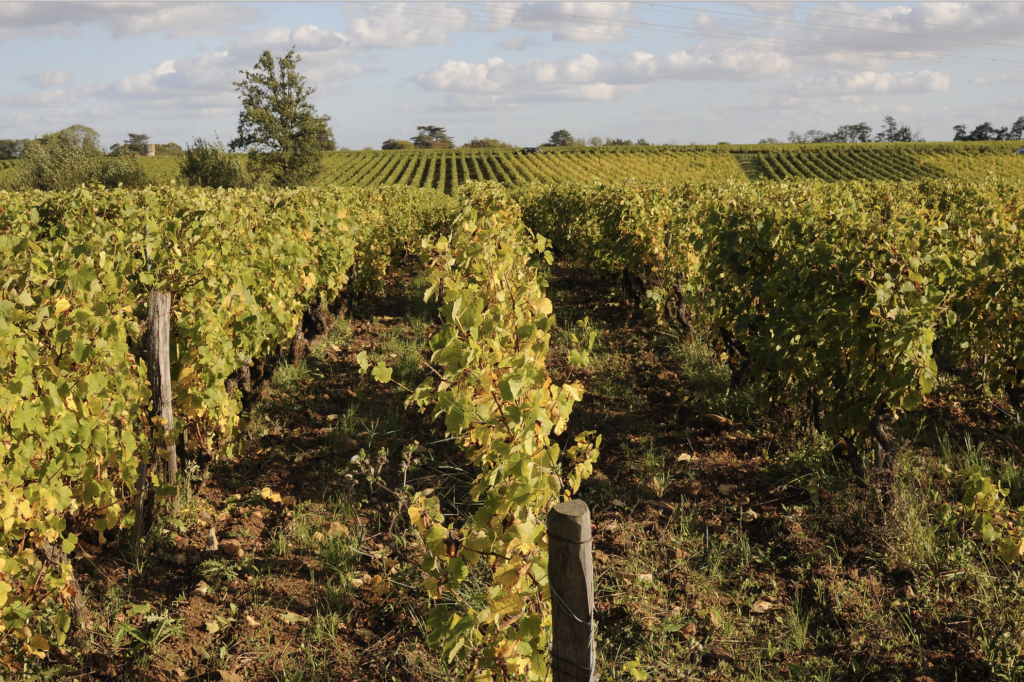
The Mellot dynasty of the Joseph Mellot wine estate in Loire was founded in Sancerre over five centuries ago (1513) by Pierre-Etienne Mellot and, since then, the family has always been involved in winemaking. In fact, in 1698, César Mellot was entrusted with the weighty task of advising King Louis XIV on his choice of wines.

6ème Sens reveals the original expression of varietals from the south of France; fruit of the amazing combination of climate and soil.
Beyond sight, touch, smell, taste and hearing, Gérard Bertrand wines will reveal your 6th sense.

Perhaps the single fairly important producer in Vouvray, Huet has been producing some of the world’s premium Chenin Blanc since 1928.
From dry to sweet the wines of Huet provide the benchmark for Vouvray.
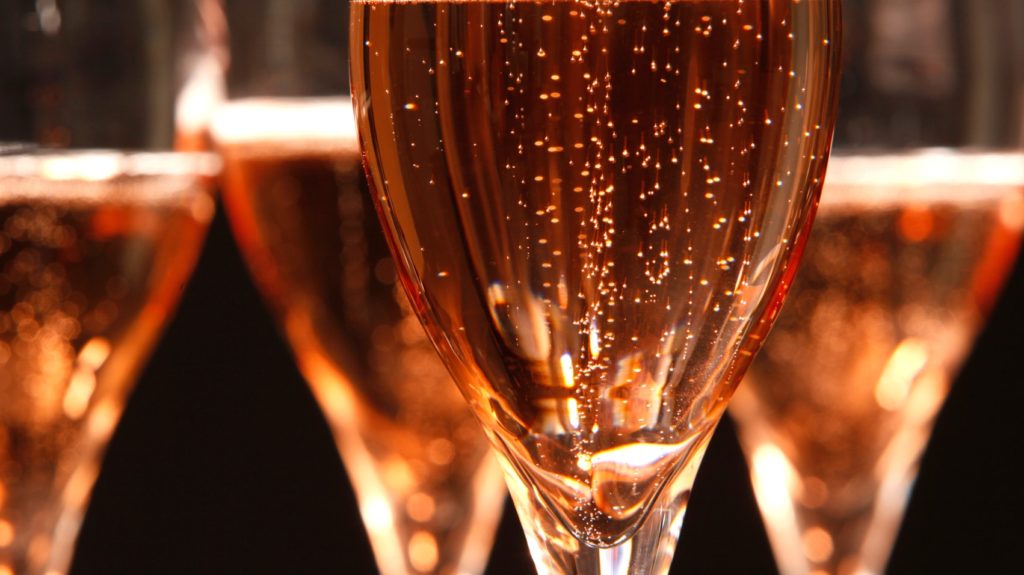
Coming from six generations of Champenois vignerons, the founder of Charles de Fère aspired to produce exceptional sparkling wines from the heart of France. The result is a range of classic French wines that entice with their sparkle and seduce with their flavour.
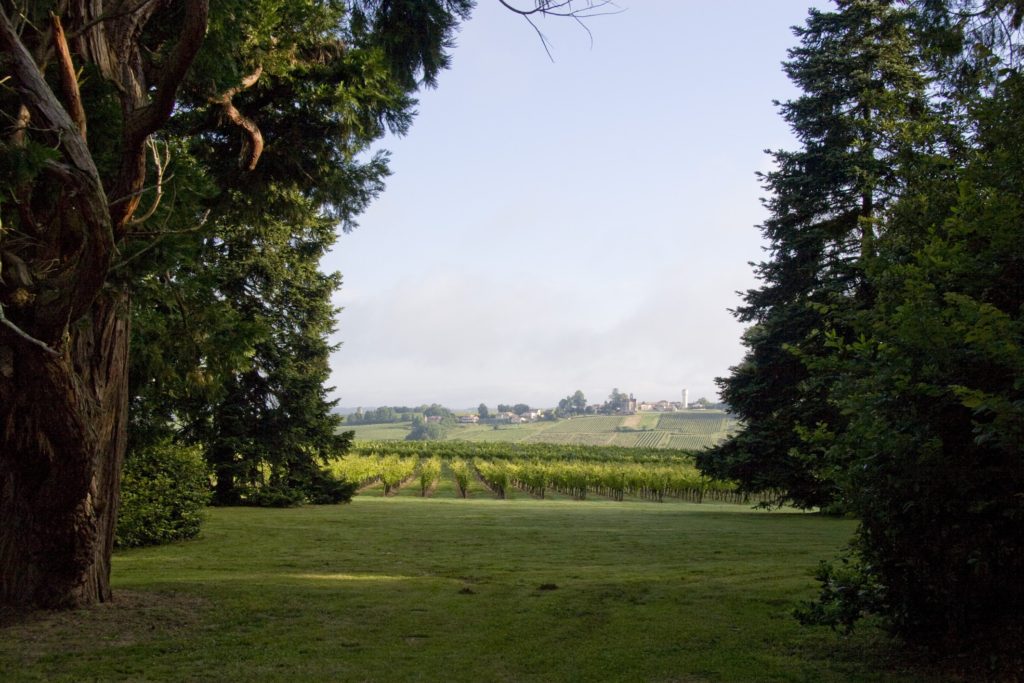
Kressmann is one of the historic brands of Bordeaux wine, founded in 1871, and is now sold in many countries worldwide.
Kressmann Monopole remains today the key brand of the company and a benchmark in branded Bordeaux wine. Far from being a trend or a fad, Kressman Monopole has been enjoyed by wine lovers in venues around the world for over one hundred years.
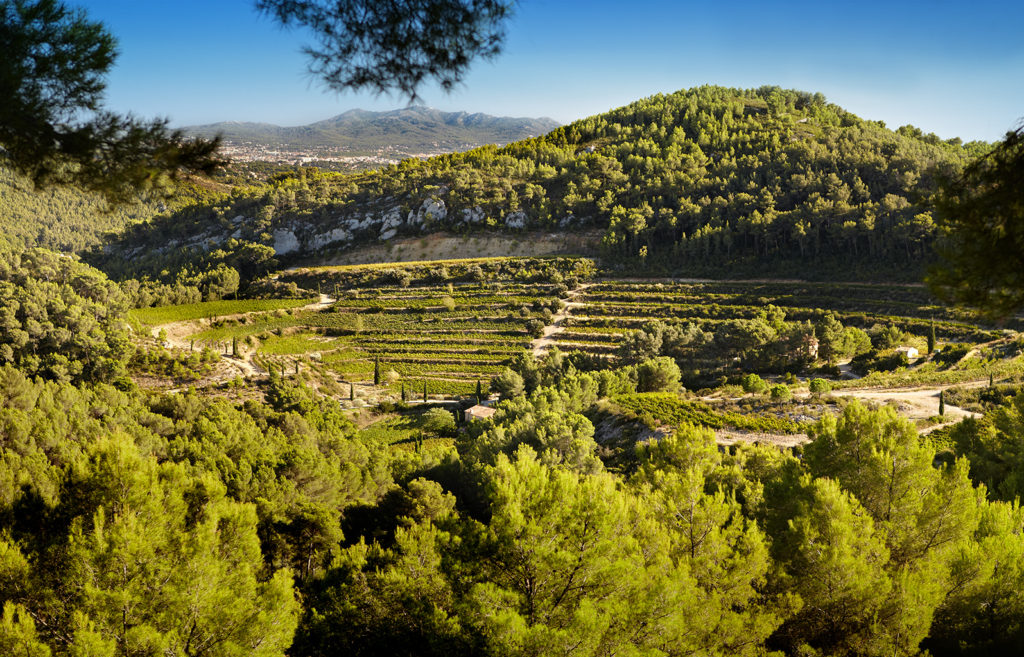 Château de Pibarnon is an icon of the Bandol region. Since purchasing the estate in 1975, Comte Henri de Saint-Victor and family have been producing some of the most seductively aromatic and elegantly structured wines in all of Southern France. Perched atop La Colline du Télégraphe in the northern part of the appellation, the château commands sweeping vistas of Provence and the Mediterranean Sea.
Château de Pibarnon is an icon of the Bandol region. Since purchasing the estate in 1975, Comte Henri de Saint-Victor and family have been producing some of the most seductively aromatic and elegantly structured wines in all of Southern France. Perched atop La Colline du Télégraphe in the northern part of the appellation, the château commands sweeping vistas of Provence and the Mediterranean Sea.
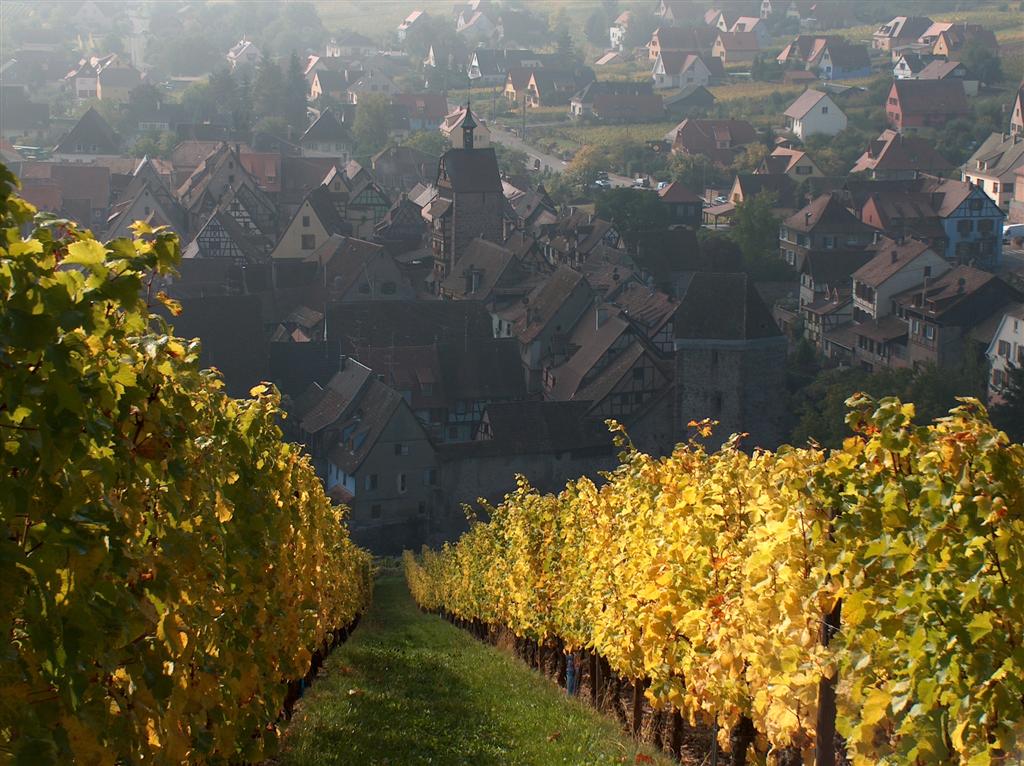
Since 1639 Famille Hugel, founded by Hans Ulrich Hugel, gained an enviable reputation for their winegrowing skills, quality and traditions. This 300 years old winery, thanks to the legendary Frédéric Emile Hugel, proved to be one of the fine pillars of fine wines production in Alsace, located in the core of Riquewihr, devoting their entire lives to the promotion of high-quality wines from noble grape varieties. His sons Mark and Jean-Frédéric Hugel through perseverance and hard work are contributing to the success of Famille Hugel’s wines, with a merited a place among the fine wines in the world.
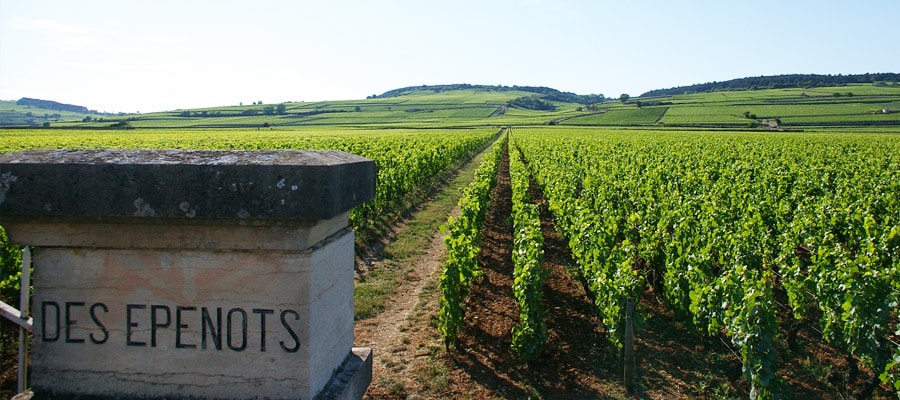 The Domaine de Courcel, owned by the same family since its foundation 400 years ago, is located in Pommard on the Côte de Beaune, in Burgundy (France).The Domaine produces great Burgundy red wines.
The Domaine de Courcel, owned by the same family since its foundation 400 years ago, is located in Pommard on the Côte de Beaune, in Burgundy (France).The Domaine produces great Burgundy red wines.
Its prestigious Pommard Premier Crus include Le Grand Clos des Epenots, Les Rugiens, Les Frémiers and Les Croix Noires. Tradition, modernism and excellence are the pillars of this family owned winery (or “Domaine”). Its wines are typical of the notorious Pommard Premier crus. Annual production, which never exceeds around 30 000 bottles, is sold throughout the world.

Owner of fifteen estates situated in the prestigious terroirs of the Languedoc Roussillon, Gérard Bertrand brings out the potential of the grapes to produce premium wines. His innovation, determination, and loyalty towards his birthplace region are internationally recognized by wine professionals.
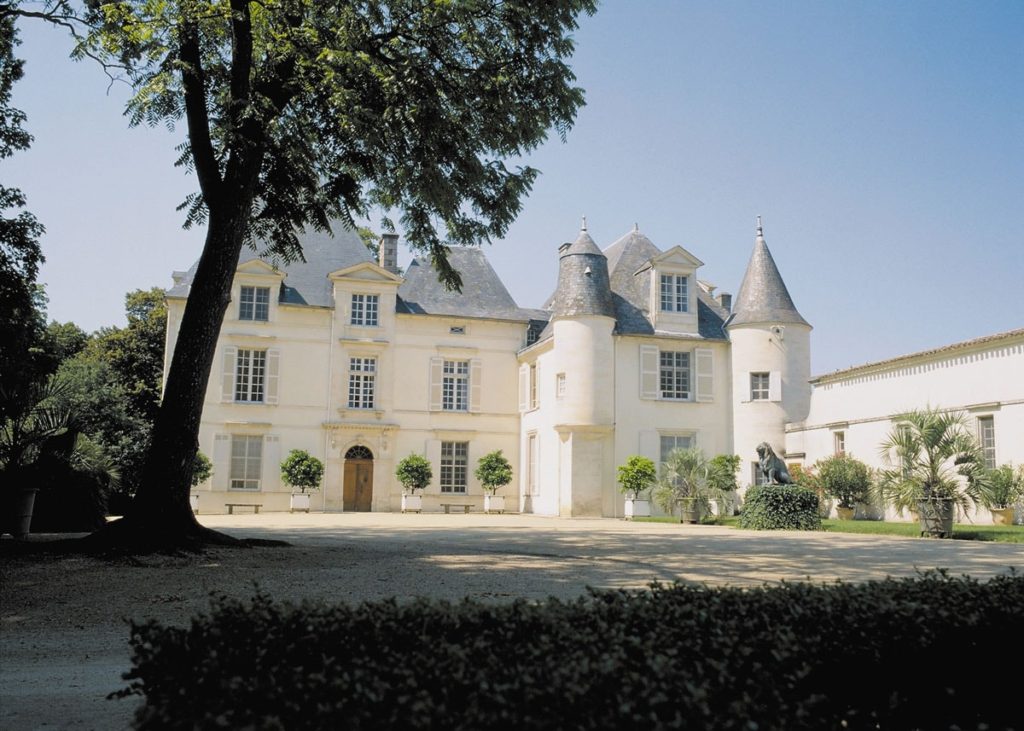
Back in 1935, a Francophile American banker whose name was Clarence Dillon, bought Château Haut-Brion, one of the five Growths (Premiers Crus) of the Bordeaux Wine Official Classification of 1855. In 2005, seventy years after Clarence Dillon, his greatgrandson Prince Robert de Luxembourg created the fine wine brand named Clarendelle. The goal was to explore and develop the excellent terroir of the region, while combining it with centuries of acquired knowledge. Clarendelle wines are sourced from the prestigious regions in Bordeaux, including grapes from Château Haut-Brion, and are blended in close conjunction with the same winemaking team.

